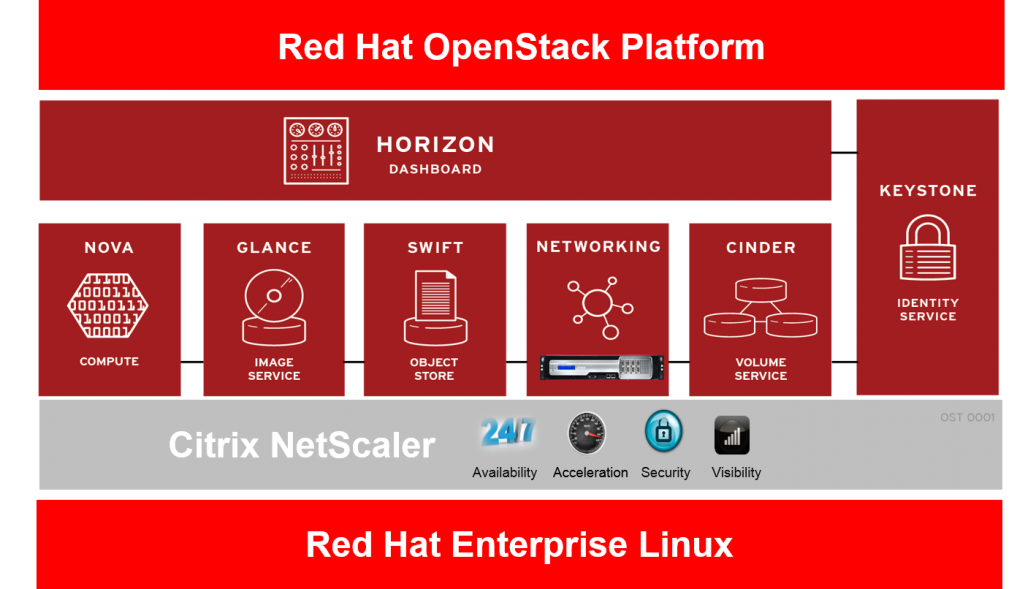Many organizations are building private cloud platforms as a way to increase the agility of IT infrastructure and to increase the efficiency of operations to support their business critical applications. Over the past few years we have seen an increasing move towards deploying OpenStack, which is an open source cloud management platform, in production environments. By integrating with Red Hat OpenStack, Citrix makes NetScaler available to the many organizations that use this popular OpenStack distribution. As organizations use OpenStack to automate the deployment of servers, storage and networking they are also looking to automate the provisioning of L4 – L7 services. To do this they need their networking equipment vendors to provide integration of their devices with OpenStack in a way that addresses deployment challenges involved in offering infrastructure-as-a-service. These challenges include scalability, elasticity, performance and flexibility/control over resource allocation. Citrix built NetScaler Control Center as a way to ease integration of NetScaler with the LBaaS service in OpenStack. The Citrix LBaaS solution enables IT organizations to guarantee performance and availability service level assurances (SLAs) as well as provide redundancy and seamless elasticity while rapidly deploying line of business applications in OpenSack.

